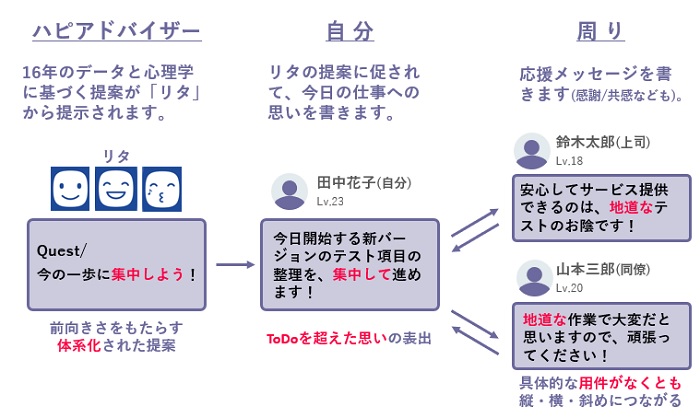2022-08-25 大韓民国・基礎科学研究院(IBS)
研究者らは、電磁場の最終的な構成が純粋な状態であること、つまり、充電中に使用した量子ビットの記憶がないことを示した。
本研究で定義された特定のパラメータを変更しても破壊されないことが示されました。
マイクロメーザー電池の充電中に、先に述べたような量子的な優位性が存在することを示すことができたのである。
<関連情報>
- https://www.ibs.re.kr/cop/bbs/BBSMSTR_000000000738/selectBoardArticle.do?nttId=21899&pageIndex=1&searchCnd=&searchWrd=
- https://arxiv.org/abs/2205.00026
- https://journals.aps.org/prl/abstract/10.1103/PhysRevLett.127.100601
キャビティ電池とスピン電池の相互作用の繰り返しによる充電の量子的優位性 Quantum advantage in charging cavity and spin batteries by repeated interactions
Raffaele Salvia, Martí Perarnau-Llobet, Géraldine Haack, Nicolas Brunner, Stefan Nimmrichter
Comments:
10+4 pages, 6 figures Related to: arXiv:2105.01863 and arXiv:2204.09995
Subjects:
Quantum Physics (quant-ph); Statistical Mechanics (cond-mat.stat-mech)
Cite as:
arXiv:2205.00026 [quant-ph]
(or arXiv:2205.00026v1 [quant-ph] for this version)
Recently, an unconditional advantage has been demonstrated for the process of charging of a quantum battery in a collisional model. Motivated by the question of whether such an advantage could be observed experimentally, we consider a model where the battery is modeled by a quantum harmonic oscillator or a large spin, charged via repeated interactions with a stream of non-equilibrium qubit units. For both setups, we show that a quantum protocol can significantly outperform the most general adaptive classical schemes, leading to 90\% and 38\% higher charging power for the cavity and large spin batteries respectively. Towards an experimental realization, we also characterise the robustness of this quantum advantage to imperfections (noise and decoherence) considering implementations with state-of-the-art micromasers and hybrid superconducting devices.
衝突充電の量子的高速化 Quantum Speed-Up in Collisional Battery Charging
Stella Seah, Martí Perarnau-Llobet, Géraldine Haack, Nicolas Brunner, and Stefan Nimmrichter
Physical Review Letters Published 31 August 2021
DOI:https://doi.org/10.1103/PhysRevLett.127.100601
ABSTRACT
We present a collision model for the charging of a quantum battery by identical nonequilibrium qubit units. When the units are prepared in a mixture of energy eigenstates, the energy gain in the battery can be described by a classical random walk, where both average energy and variance grow linearly with time. Conversely, when the qubits contain quantum coherence, interference effects buildup in the battery and lead to a faster spreading of the energy distribution, reminiscent of a quantum random walk. This can be exploited for faster and more efficient charging of a battery initialized in the ground state. Specifically, we show that coherent protocols can yield higher charging power than any possible incoherent strategy, demonstrating a quantum speed-up at the level of a single battery. Finally, we characterize the amount of extractable work from the battery through the notion of ergotropy.



